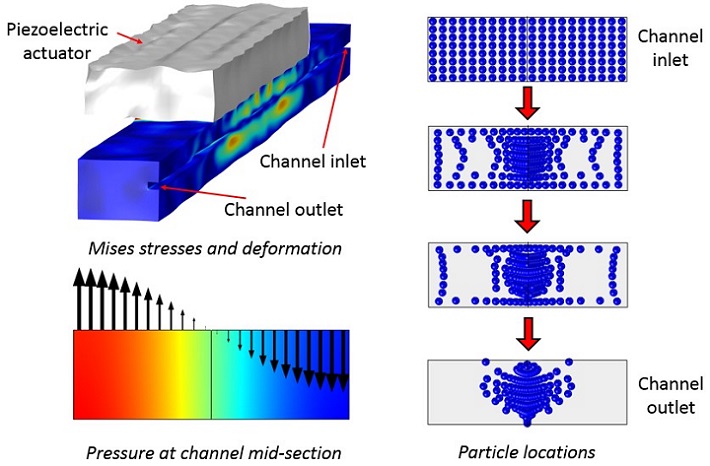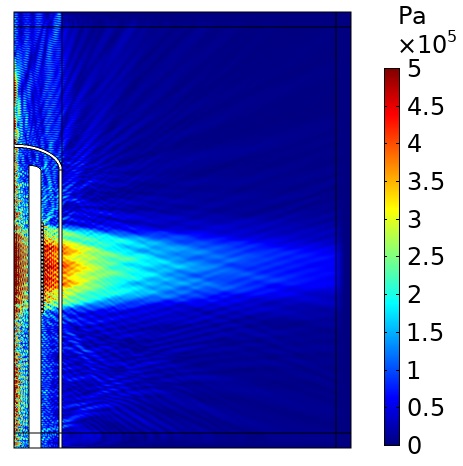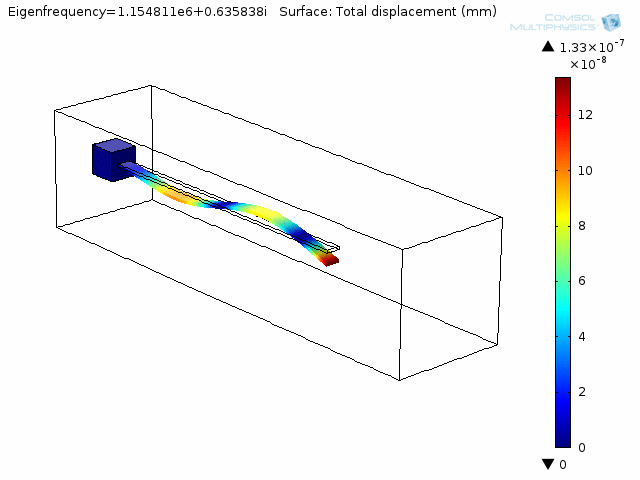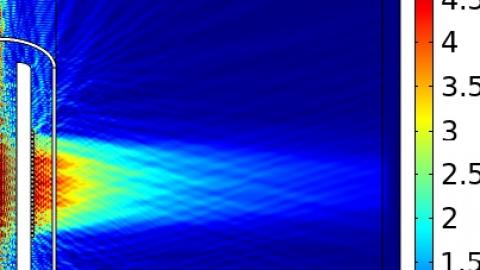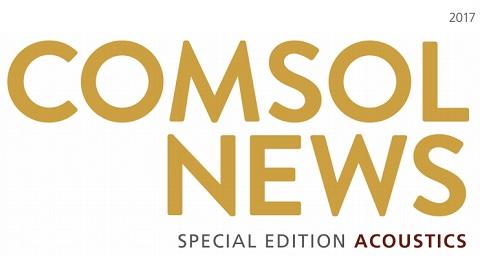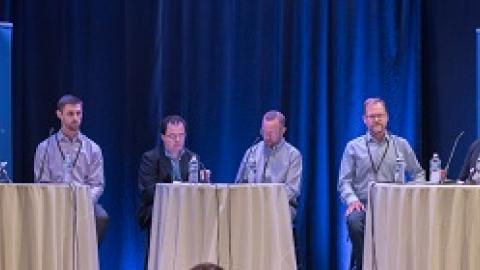The field of acoustics is diverse and so is the need for computational tools supporting it. Veryst provides acoustic simulation expertise in applications including room acoustics, miniature speakers, musical instruments, MEMS acoustic sensors and actuators, medical devices, and nondestructive testing. We also help clients with noise reduction in automotive applications, rotating machinery, and turbulent flow. We assist engineers with valuable and timely design insights that help optimize their products and evaluate new design concepts. We also have in-house acoustic testing and vibration testing capabilities, which help identify sources of noise/vibration and how to mitigate them.
In many cases, the acoustic problem cannot be solved in isolation from other physics, specifically structural, fluid, electric, and heat transfer. This multiphysics coupling between acoustics and other phenomena additionally becomes more significant as the devices get smaller.
Veryst is experienced in a wide range of acoustic simulations, including acoustic tissue heating, pressure acoustics, acoustophoresis, aeroacoustics, linearized Navier-Stokes, thermoviscous acoustics, and ray acoustics for high frequency acoustic simulations.
The first example here involves a lab-on-a-chip device for bodily fluids based on acoustophoresis. This involves the motion of particles resulting from an oscillatory acoustic field. This particular model, developed using COMSOL Multiphysics, involves pressure acoustics, solid mechanics, electric field, fluid flow, and particle tracing. Geometry and particle properties used in this example are taken from available literature. Figure 1 shows the particle distribution across the channel, demonstrating effective particle focusing toward the channel center. The computational model helps designers select the dimensions, materials, operating frequency, and flow rate of the device.
A second example demonstrates Veryst’s acoustic simulation expertise in applications involving thermal ablation driven by an acoustic pressure source, which has considerable potential for the treatment of certain types of diseased tissue. Using COMSOL Multiphysics, Veryst designed a catheter ablation system with an array of piezoelectric acoustic transducers. The catheter system included a hollow central shaft to allow for a cooling fluid to circulate through the device. We modeled the acoustic pressure field from the piezoelectric actuators (Figure 2) and used the results to specify a heat source in a bioheat transfer analysis to predict the temperature in the tissue. Veryst evaluated several changes to the geometry and operating parameters of the ablation device, and predicted their effect on the efficacy of tissue damage. Click here to learn more about Veryst’s work designing and simulating a catheter-based acoustic ablation device.
The third example here addresses how immersion in a fluid affects the harmonic response of structures, whether they are micro-scale structures such as MEMS actuators or larger structures such as ships. In this example, Veryst developed a coupled acoustic-structure eigenvalue analysis in COMSOL Multiphysics to determine the natural frequencies and mode shapes of a cantilever beam immersed in water, shown in Figure 3. In this case, the beam size is large enough such that thermoviscous losses are negligible. Click here to learn more about immersed beam vibrations.
Veryst has also expanded its lab capabilities to complement its expert acoustic simulation service. Our test systems can measure total sound levels in dB, create high quality recordings, analyze frequency response, and directly measure vibration with 3-axis accelerometers. These tools enable us to identify sound sources and develop solutions to reduce or eliminate total sound levels as well as improve sound quality.
Test results can be paired with engineering analysis, including CFD simulations, acoustic simulations, and FE modal analysis, to validate and improve products. For information about acoustic testing, write to us at testing@veryst.com.
